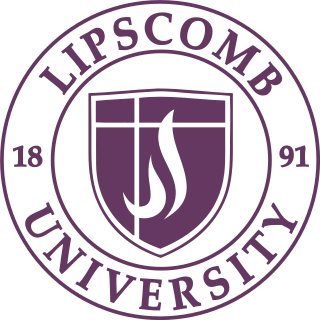
Lipscomb University is a private university in Nashville, Tennessee. It is affiliated with the Churches of Christ. The campus is located in the Green Hills neighborhood of Nashville, between Belmont Boulevard to the west and Granny White Pike on the east. Student enrollment for the fall 2016 semester was 4,632, which included 2,986 undergraduate students and 1,646 graduate students.
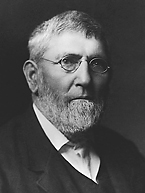
David Lipscomb was a minister, editor, and educator in the American Restoration Movement and one of the leaders of that movement, which, by 1906, had formalized a division into the Church of Christ and the Christian Church. James A. Harding and David Lipscomb founded the Nashville Bible School, now known as Lipscomb University in honor of the latter.

Tolbert Fanning was one of the most influential leaders of what came to be called the American Restoration Movement. Born in what would later become Cannon County, Tennessee. He was man of many talents in both religion and agriculture: preacher, college founder and professor, journalist, writer, and editor. For his era he was considered an innovative farmer writing and co-editing magazines, Agriculturalist from 1840-1845 and the Naturalist from 1846-1850. His greatest influence was as much from his successful publications The Christian Review and Gospel Advocate, as much as from his circuit preaching. The most influential publication he founded, Gospel Advocate, inspired a former Franklin college student, David Lipscomb, who would follow Fanning as its editor. Fanning’s magazine provided a platform for purveying views and opinions relating to doctrine and church practice. It was through this influence that led to the 1906 identification of the Church of Christ as a distinct religious body, 33 years after Fanning's death.
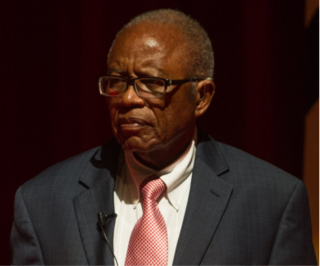
Fred David Gray is an American civil rights attorney, preacher, and activist from Alabama. He litigated several major civil rights cases in Alabama, including some, such as Browder v. Gayle, that reached the United States Supreme Court. He served as the President of the National Bar Association in 1985, and in 2001 was elected as the first African-American President of the Alabama State Bar.
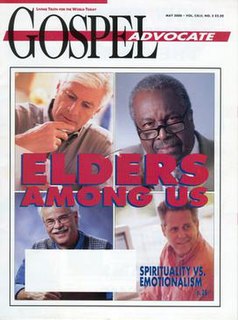
The Gospel Advocate is a religious magazine published monthly in Nashville, Tennessee for members of the Churches of Christ. The Advocate has enjoyed uninterrupted publication since 1866.
Foy Esco Wallace was an influential figure among American Churches of Christ in the early and mid-20th century. Through his writing and speaking, Wallace gathered a considerable following among that autonomous group of churches. His skilled use of logic, combined with his charisma, propelled him to the forefront of at least three major controversies in the Churches of Christ.
Marshall Keeble was an African American preacher of the church of Christ, whose successful career notably bridged a racial divide in an important American religious movement prior to the Civil Rights Movement. Over the course of his 50-year career as a gospel preacher, he was credited with starting almost every African-American church of Christ in the state of Tennessee. Keeble enjoyed an almost unrivaled position as an African-American subject of hagiographical biography by white contemporaries within the church of which Keeble was a member. A notable example of this is Roll Jordan Roll by fellow minister and longtime Keeble associate, J. E. Choate.

James Alexander Harding was an early influential leader in the Churches of Christ.

Batsell Baxter was one of the most important leaders and educators in the Churches of Christ in the first half of the 20th century.
Ira Lutts North was a preacher and author within the Churches of Christ.
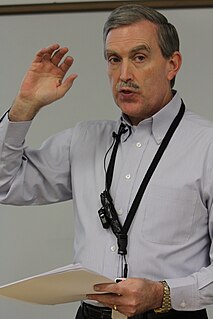
Douglas A. Foster is author and scholar known for his work on the history of Stone-Campbell Restoration Movement.
Dr. Charles Richard Brewer (1890–1971) was a notable professor, preacher, poet, and leader for the churches of Christ. Born in near Gimlet Creek in Giles County, Tennessee, Brewer's career included many publications, television and radio shows, and a reputation for biblical learning. His funeral in Nashville, TN, was attended by some 3,000 people. Brewer was named "Speaker of the Year" in his final year and eventually a "Lipscomb Legend" by the university. He was scheduled to speak at Pepperdine University, in April of his last year, where he was to receive the school's annual Most Distinguished Service Award. A belltower that was built on the campus of Lipscomb University in 1935 was dedicated to the memory of Charles R. Brewer after his death, and it continues to bear his name..
Dr. Rubel Shelly is an author, minister, and professor at Lipscomb University. He is the former president of Rochester University.
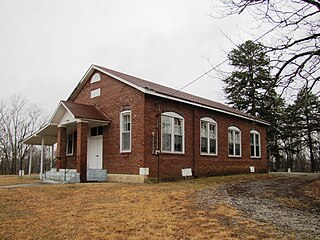
The West End Church of Christ Silver Point is a folk vernacular brick church in the unincorporated community of Silver Point, Tennessee, United States. A primarily African-American Church of Christ congregation has met at the church continuously since its construction in 1915. In 2007, the church was added to the National Register of Historic Places for its role in the history of the Upper Cumberland region.
Franklin Delano Roosevelt Florence, Sr. is a minister who has been heavily involved in civil rights work in Rochester, New York for five decades. He is most well known as the founder and first president of the civil rights group, F.I.G.H.T in 1965 after the 1964 Rochester race riot. He currently serves as the senior pastor at the Central Church of Christ and F.I.G.H.T. Village apartments in Rochester, New York.
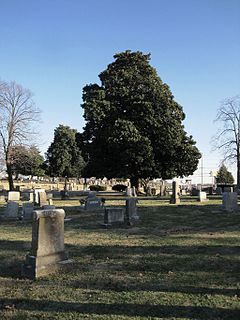
Greenwood Cemetery is situated at 1428 Elm Hill Pike, Nashville in Davidson County, Tennessee, United States. When opened in 1888, it was only the second cemetery in Nashville for African Americans.

William Slater Banowsky was an American academic administrator. He served as president of Pepperdine University from 1971 to 1978, then as president of the University of Oklahoma from 1978 to 1982 when he resigned to become President of the Los Angeles Area Chamber of Commerce. In 1983, Banowsky returned as OU president and served for two more years. Banowsky was also a member of the Republican National Committee for the state of California from 1973 to 1975.
Edwin Augustus Keeble was an American architect who was trained in the Beaux-Arts architecture tradition. He designed many buildings in Tennessee, including homes, churches, military installations, skyscrapers, hospitals and school buildings, some of which are listed on the National Register of Historic Places. He is best known for Nashville's landmark Life and Casualty Tower built in 1957 which was the tallest commercial structure in the Southeastern United States at that time. It reflected an architectural turn to modernism and was one of the first buildings emphasizing energy efficiency.
H. Leo Boles was an American preacher and academic administrator. He was a minister of the Churches of Christ and the president of David Lipscomb College. He was the author of several books.
E. H. Ijams was an American minister of the Churches of Christ and academic administrator. He was the president of Lipscomb University from 1934 to 1943, and the author of several books.










